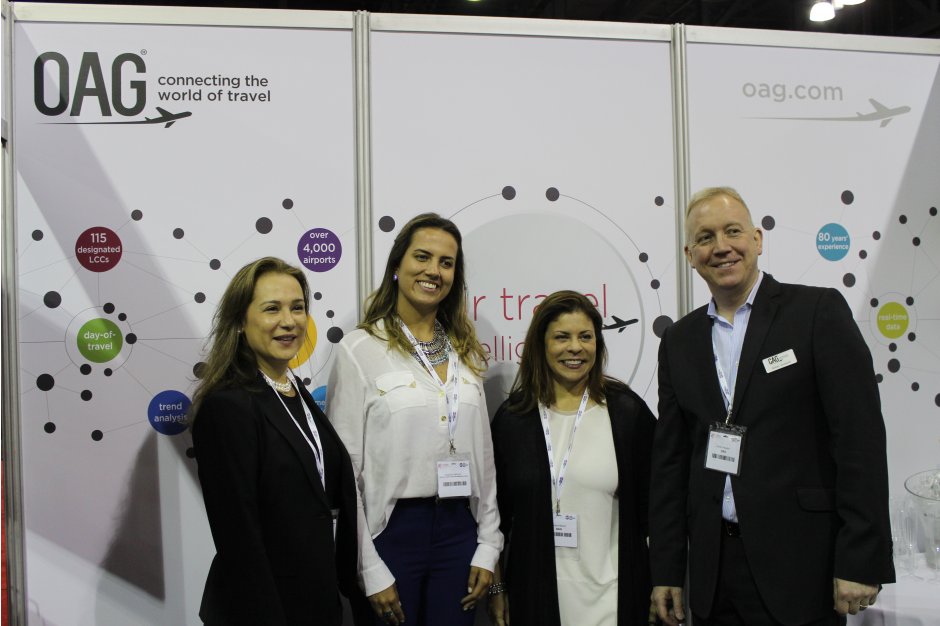After a record year with more than 10.3 million passengers, Viracopos International Airport (VCP) in Sao Paulo, Brazil is primed for rapid expansion, and has turned to OAG, the air travel intelligence company, for support. The airport is partnering with OAG to leverage the company’s Analyser Suite of products to support its development.
As the airport increases in size and capacity, Viracopos is breaking into new markets, launching new routes and building a completely new airport growth strategy. The airport is using OAG’s Analyser Suite (OAG’s Schedule Analyser, Connections Analyser and Traffic Analyser) to identify key trends, analyse market opportunities, gain key insights into competitor schedules and develop an effective route development strategy.
Speaking at a signing ceremony at Routes Americas in San Juan, Puerto Rico, Graziella Delicato, Airlines Relations Manager, Viracopos International Airport said: “Our airport is growing rapidly, and, as we look to expand our position in the market by adding new domestic and international traffic, we needed a clearer and smarter view of the market.”
“The OAG Analyser Suite gives us a comprehensive view of the air travel picture and provides the clarity and precision we need to manage and expand our airport,” she added.
Viracopos closed last year handling a record 10,324,658 passengers, a 4.85 percent increase from 2014. In March 2016, the airport will transfer all of its domestic flights to the new passenger terminal, which has a capacity for 25 million passengers per year. The new terminal will have a modern structure built in concrete, steel and glass, 28 boarding bridges, seven new remote aircraft parking positions and a garage building with 4,000 parking spaces in addition to the expansion of the aircraft taxiways.
“For a rapidly growing airport like Viracopos, having access to easily digestible and actionable aviation data and analytics is absolutely critical,” said Phil Callow, Chief Executive Officer, OAG. “By investing in OAG’s Analyser Suite, Viracopos will be able to make smarter and more informed decisions on market and route development opportunities.”

